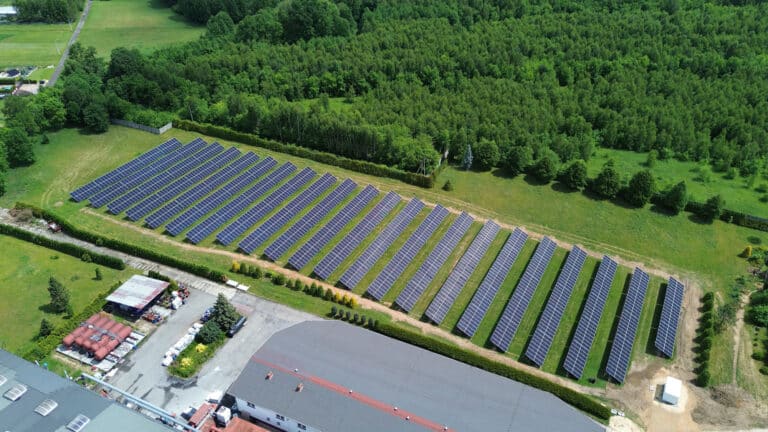Second Consultation Draft - November 2025
The Science Based Targets initiative has just released the second public consultation draft of its Corporate Net-Zero Standard Version 2.0. The consultation remains open until early 2026, with the final version expected later that year. This draft is the most substantial revision since the standard launched in 2021 and directly responds to the practical difficulties that led to widespread target withdrawals and delayed submissions in 2024–2025.
The non-negotiable elements remain intact: alignment with a 1.5°C pathway and 90–95% absolute gross reductions across Scopes 1, 2, and 3 by 2050 at the latest, with only residual emissions eligible for neutralisation. The changes focus almost entirely on making the journey more achievable and less punitive for most companies.
Key Indicative Changes in the Current Draft:
Five-year binding cycles with performance gates
Targets are now capped at five-year horizons. At cycle end, companies must demonstrate ≥90% achievement of the committed reduction (or provide justified evidence of being on a linear trajectory). Third-party verification of both inventory and progress is mandatory. Missing the gate risks target suspension until remedied.
Scope 3 near-term flexibility (the most significant operational improvement)
Near-term Scope 3 targets may now use physical intensity, economic intensity, supplier or customer engagement targets, or revenue/index-aligned metrics. The draft explicitly allows justified exclusions of categories or activity pools where the company has no meaningful influence.
Long-term (2050) Scope 3 targets remain absolute contraction only – intensity-based approaches are not permitted at net-zero level.
Ongoing Emissions Responsibility framework (new voluntary recognition for early residual action)
For the first time, companies can earn public “Recognised” or “Leadership” labels by addressing residual emissions well before 2050:
- Recognised → internal carbon fee ≥$20/tCO₂e applied to 100% Scope 1+2 + material Scope 3 (Category B companies exempt from Scope 3 pricing)
- Leadership → ≥$80/tCO₂e with stricter contribution quality criteria (guidance still forthcoming; expected to prioritise long-term, durable carbon dioxide removal)
Proceeds must fund either mitigation impact contributions (high-integrity carbon credits) or climate finance contributions. These may not be used to meet the 90–95% reduction requirement itself.

Category B proportionality
Companies with revenue below €500m, SMEs, or entities primarily operating in non-high-income economies receive permanent exemptions from the Scope 3 carbon fee and lighter verification and reporting requirements, and adjusted recalculation triggers. This removes the previous structural disadvantage for smaller and emerging-market organisations.
Mandatory third-party verification and recalculation triggers
Verification is now required at initial validation, every renewal (maximum every five years), and whenever base-year emissions change by ≥5% (Scope 1+2) or ≥10% (Scope 3). Progress checks occur at cycle end, not annually.
Increased complexity and remaining uncertainty
The greater flexibility comes at the cost of significantly higher complexity. Companies must now manage separate Scope 1 and Scope 2 pathways, multiple Scope 3 metric choices, cyclical performance gates, optional but label-bearing contribution mechanisms, and extensive references to sector-specific guidance that is still under development.
Several operationally critical details remain marked “to be defined in forthcoming guidance documents”, notably the precise quality thresholds and eligible contribution types for Leadership tier, verification protocols for engagement targets, and updated FLAG sector pathways.
The draft therefore offers substantially improved usability for most sectors while simultaneously increasing planning and resource requirements compared with Version 1.x.
Verification specialists such as Natural Carbon Solutions are increasingly being engaged by companies seeking robust, defensible assurance of inventories, reduction claims, supplier engagement evidence, and contribution integrity under the Net Zero rules.
Early engagement with experienced verifiers is becoming standard practice for organisations preparing 2026–2030 submissions. We would encourage any organisation pursuing Net Zero to start a compliance review in the new year as the complexity of Corporate Net Zero has just been increased, and successful submissions will require increased pooling of talent and ideas.
Want to discuss how the latest SBTi Corporate Net-Zero Standard Version 2.0 might affect you?


